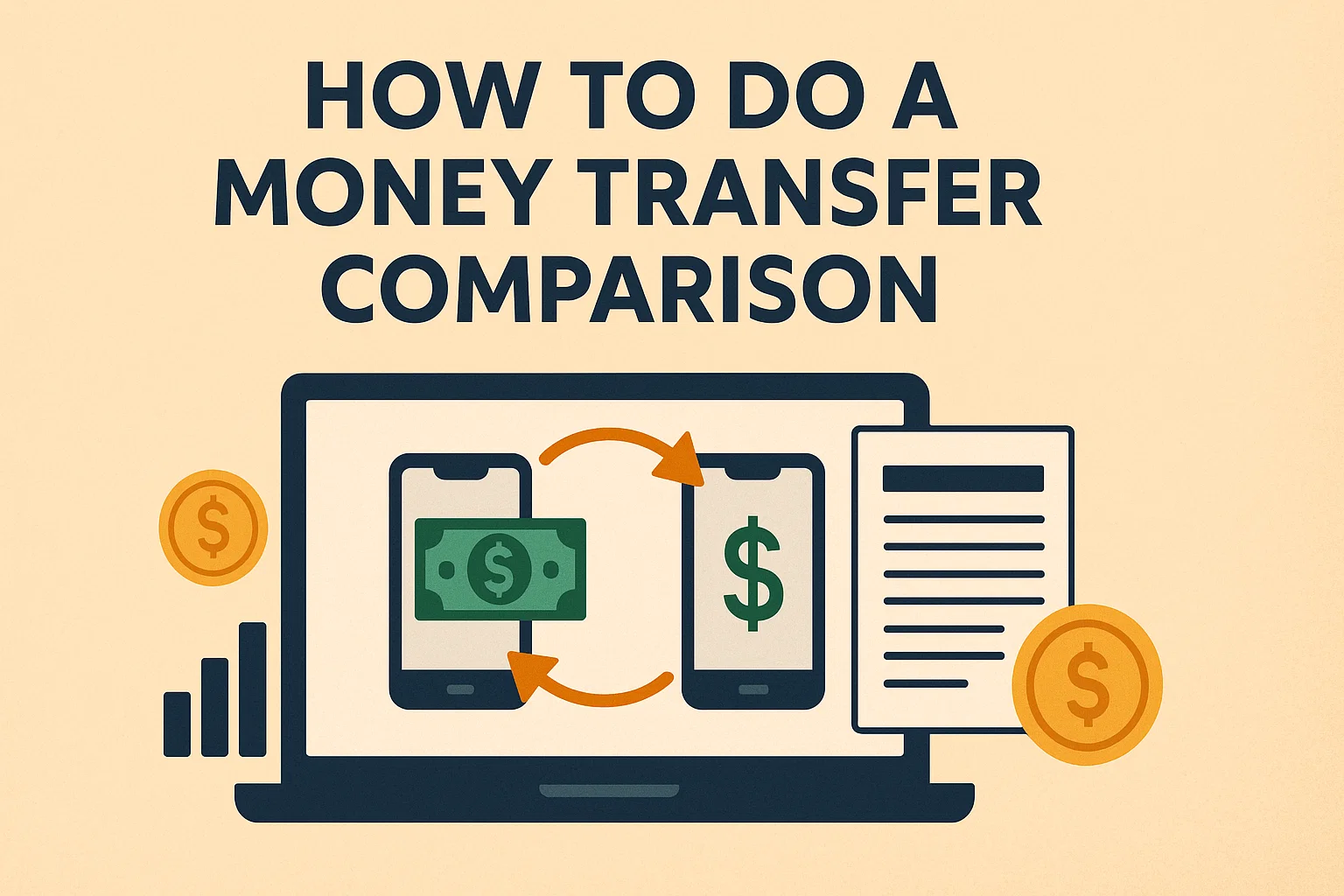10 Signs You're Buying the Wrong Trophy for Your Award Ceremony

Strong 8k brings an ultra-HD IPTV experience to your living room and your pocket.
A well-executed trophies design can turn a recognition moment into a brand-defining experience. But in the B2B world where award ceremonies reflect corporate values, team culture, and stakeholder investment, choosing the wrong trophy can undermine the entire event’s impact. From poorly finished materials to lack of customization, the wrong decision not only reduces recipient satisfaction but can quietly damage your brand perception.
This guide outlines 10 signs you're buying the wrong trophy, combining both the vendor’s lens and the buyer’s real-world challenges, so your next event doesn't miss the mark.
Section 1: Design & Craftsmanship Failures (Vendor Perspective)
1. The Trophy Doesn’t Match the Event’s Professional Tone
Trophies design must reflect the status of the event and the caliber of its audience. For instance, using a standard off-the-shelf cup for a high-level leadership summit can undermine the perceived value of the recognition. The trophy must reflect the formality, tone, and stature of the event.
B2B takeaway: Your event visuals and trophies design should be integrated if they clash, it confuses stakeholders and recipients alike.
2. Material Quality Feels Cheap or Inconsistent
If a trophy feels too light, looks unpolished, or is made with visibly low-grade acrylic, recipients won’t value it. This reflects poorly not only on the award but also on the company hosting the event.
B2B takeaway: Perceived value equals brand value. Crystal, metal, or wood conveys strength and authenticity. Use durable materials for high-tier awards.
3. No Customization Beyond a Generic Plate
In the B2B space, personalization adds perceived effort and increases emotional return. A name, category title, or event branding tells the recipient this wasn’t pulled from a shelf.
B2B takeaway: Invest in a custom trophy with unique dimensions, engravings, or branding elements especially for milestone or executive-level events.
4. One-Size-Fits-All Design for All Award Categories
Giving the same trophy to both “Best Sales Team” and “Lifetime Achievement” recipients is a serious oversight. Different awards demand varied sizes, finishes, and visual hierarchy.
B2B takeaway: Tier your awards. Create signature designs for top categories and smaller variations for others.
5. Outdated or Overused Templates
Trophies that have been recycled year after year start to feel uninspiring. Many buyers stick to old designs because of familiarity, but doing so dilutes your event’s freshness.
B2B takeaway: Keep award designs fresh each year. Even minor tweaks can make trophy design feel exclusive and current.
Section 2: Planning & Execution Gaps (Buyer Perspective)
6. Trophy Selection is Rushed Late in the Planning Cycle
This is one of the most common B2B mistakes. The venue, stage design, and agenda are finalized but trophies are ordered last-minute, leaving no time for design input or approval.
B2B takeaway: Begin your trophy planning 3–4 weeks before the event. Lead time enables better design alignment and error-free execution.
7. No Alignment Between Trophy Design and Brand Guidelines
If your organization is modern and minimal, a trophy with ornate gold patterns clashes with your brand tone. Consistency across all brand touchpoints is key.
B2B takeaway: Share brand assets (color palette, logo style) with your vendor. Ensure trophy design fits within your visual ecosystem.
8. Lack of Emotional Engagement from Recipients
When awardees aren’t excited to display or photograph their trophies, you’ve lost the branding moment. It likely means the design didn’t feel aspirational or meaningful.
B2B takeaway: Customize awards with stories in mind symbols, themes, or shapes that link back to what the recipient achieved.
9. Overemphasis on Budget Over Value
Cutting corners on trophy spend might save short-term costs, but a generic or underwhelming design can diminish long-term brand perception especially for external partners or high-level executives.
B2B takeaway: Reframe trophies design as brand artifacts, not merchandise. Allocate budget to balance material quality with design depth.
10. No Scalable Option for Large Teams or Sub-Categories
B2B events often have layered recognition: individuals, teams, departments. If the chosen trophy design doesn’t allow scalable variations (medals, smaller tokens), recognition gets inconsistent.
B2B takeaway: Use customizable medals or smaller desktop awards as scalable solutions for broader participation.
Conclusion: Strategic Trophy Design Is Smart Recognition
A poorly selected trophy reflects more than just bad taste; it undermines the entire recognition strategy. In the B2B world, where events carry reputational weight and align with brand culture, your trophy's design must serve as a bridge between aesthetics and value.
From ensuring material quality to investing in a custom trophy that recipients will proudly showcase, each detail matters. Your trophy isn’t just a reward. It’s a brand experience one that should reflect the excellence you’re recognizing.
FAQs
1.What makes a trophy design suitable for corporate awards?
→ It should align with the company’s branding, be made from premium materials, and include personalization elements that reflect the award's intent.
2.Why is personalization important in a custom trophy?
→ Personalization increases perceived value, creates emotional connection, and reflects professionalism, especially in B2B ceremonies.
3.Are customizable medals useful for large-scale corporate events?
→ Yes. They are cost-effective, scalable, and maintain consistency in recognition while giving each participant a personalized keepsake.
4.When should B2B organizers start planning trophy design?
→ Ideally, 3–4 weeks in advance to allow for vendor coordination, customization, and delivery without last-minute errors.
5.What’s the risk of reusing the same trophy design each year?
→ Repetition diminishes excitement and weakens your brand image. Updating the design each year helps maintain prestige.
Note: IndiBlogHub features both user-submitted and editorial content. We do not verify third-party contributions. Read our Disclaimer and Privacy Policyfor details.



